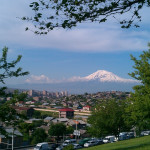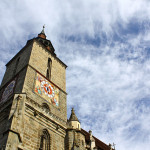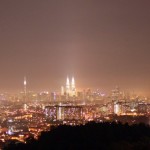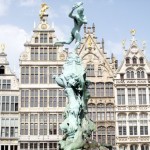Romania is certainly not the country with the best highways in the world, but it prides itself with two of the most spectacular ones crossing its mountains – Transfagarasan and Transalpina.
Dotted with astonishing serpentines, hairpin curves and incredibly steep slopes, the two roads convey the visitors through the majestic peaks of the Carpathian Mountains, offering them plenty of sightseeing opportunities and a sequence of breathtaking landscapes.
TRANSFAGARASAN
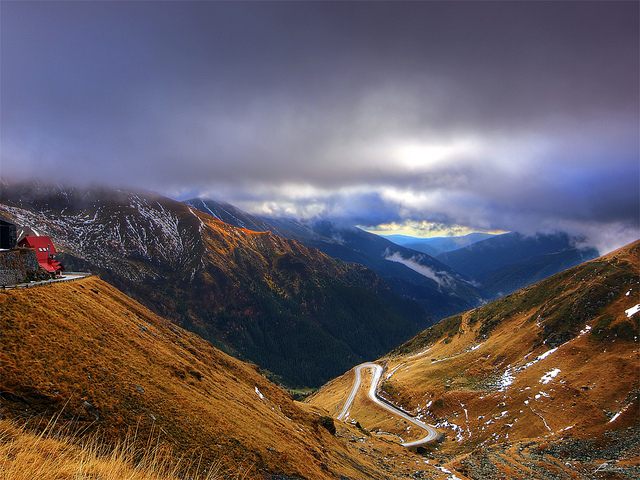
Built as a measure of defense against a potential Soviet attack, in Romania’s communist era when the country was still under Nicolae Ceausescu’s dictatorship, Transfagarasan is not just a simple highway, but a veritable tourist attraction, a real challenge for drivers and bikers and one of the country’s most prestigious historical landmarks.
The 90 km road crosses Romania’s mountains, connecting the picturesque Transylvania with Muntenia, a historical region in the south of the country. It reaches an altitude of 2,034 meters (Fagaras Mountains) which makes it the second highest paved road in Romania.
Along its way, Transfagarasan provides access to several points of interest including the Poenari Fortress – Vlad The Impaler’s former castle; Vidraru Lake – Europe’s eighth artificial lake built for electricity production and the stunning Balea Lake – a glacier marvel surrounded by mountains and the setting of Europe’s first ice hotel (2006).
Transfagarasan is the most famous road in Romania, but who really put it on the map was not the frightening dictator who built it, but the renowned Top Gear host, Jeremy Clarkson who during a race filmed here in 2009, yelled from its posh Aston Martin DBS Volante: “This is the best road…in the world!”
TRANSALPINA
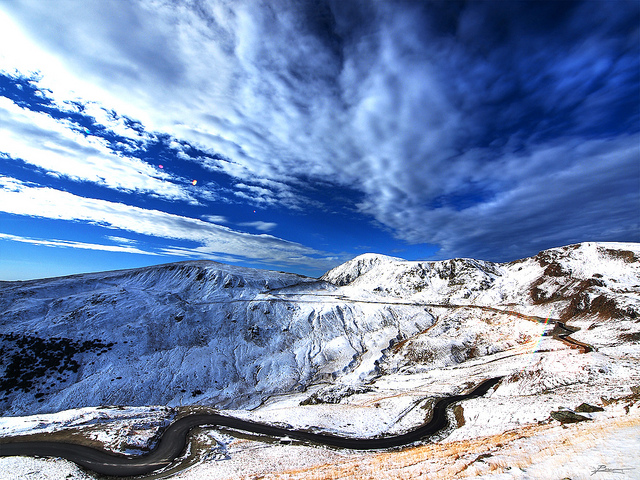
Although it is less popular than Transfagarasan, Transalpina Road is actually the oldest, the highest and most beautiful road in the whole chain of the Romanian Carpathian Mountains and a place not to be missed while visiting Romania.
Dotted with dramatic landscapes and untouched wilderness, the Devil’s Path or the King’s Road, how locals use to call it, is a unique experience for any passerby – a real treat for nature lovers, a bliss for photographers and a delight for passionate divers and motorcyclists.
Even though it was often used by the Roman armies many centuries ago,Transalpina has not been paved until 2009, when it has been transformed into a modern 148 km-long highway that leads the visitors up above the clouds.
There are plenty of tourist attractions easily accessible from the road such as Ranca – a developing mountain resort renowned for its high-quality ski slopes; Horezu, the beating heart of Romania’s art of pottery and a series of spectacular caves .
Both Transfagarasan as well as Transalpina are scattered with all kinds of restaurants and accommodations that range from rustic pensions to hotels and luxury villas. The roads are close down in wintertime, but don’t worry, you can still catch an outstanding winter display here in October or April.
Photos by paul bica

